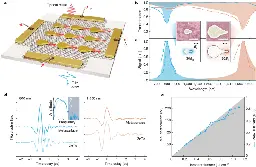Photonics
- Lithium tantalate photonic integrated circuits for volume manufacturing - Naturewww.nature.com Lithium tantalate photonic integrated circuits for volume manufacturing - Nature
Electro-optical photonic integrated circuits based on lithium tantalate perform as well as current state-of-the-art ones using lithium niobate but the material has the advantage of existing commercial uses in consumer electronics, easing the problem of scalability.
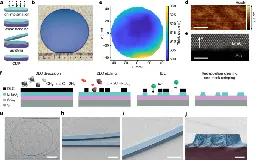
- Partial coherence enhances parallelized photonic computing - Naturewww.nature.com Partial coherence enhances parallelized photonic computing - Nature
Two photonic platforms using a convolutional processing system with partially coherent light sources is shown to boost computing parallelism, demonstrated using the classification of gaits of patients with Parkinson’s disease and the MNIST handwritten digits dataset.
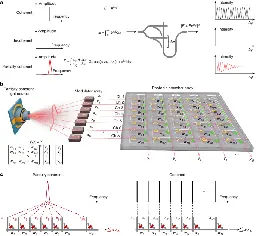
- Roadmapping the next generation of silicon photonics - Nature Communicationswww.nature.com Roadmapping the next generation of silicon photonics - Nature Communications
In order to complete the transition to the era of large-scale integration, silicon photonics will have to overcome several challenges. Here, the authors outline what these challenges are and what it will take to tackle them.
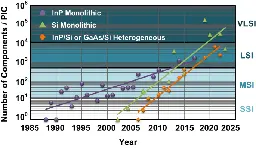
- A programmable topological photonic chip - Nature Materialswww.nature.com A programmable topological photonic chip - Nature Materials
The authors demonstrate a programmable topological photonic chip with large-scale integration of silicon photonic nanocircuits and microresonators that can be rapidly reprogrammed to implement diverse multifunctionalities.
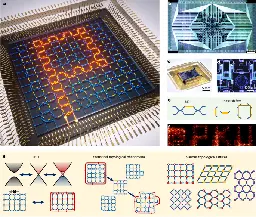
- Metamaterials for Analog Optical Computing
Novel metamaterial-based architectures offer a promising platform for building mass-producible, reprogrammable schemes that perform computing tasks with light.
- Photonic ICs, Silicon Photonics & Programmable Photonics - HandheldOCT webinar
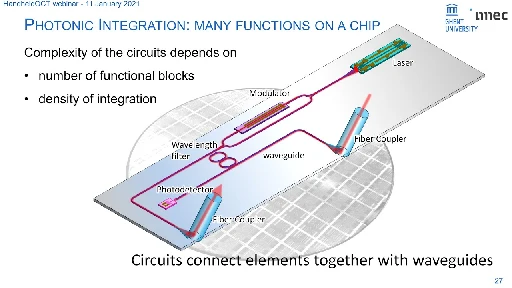
YouTube Video
Click to view this content.
Really good overview of the components that go into a photonic integrated circuit.
- Using light to precisely control single-molecule devicesphys.org Using light to precisely control single-molecule devices
In a new Nature Communications study, Columbia Engineering researchers report that they have built highly conductive, tunable single-molecule devices in which the molecule is attached to leads by using direct metal-metal contacts. Their novel approach uses light to control the electronic properties ...
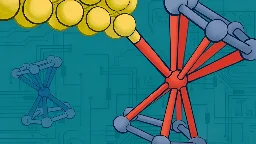
- Attosecond electron microscopy by free-electron homodyne detection - Nature Photonicswww.nature.com Attosecond electron microscopy by free-electron homodyne detection - Nature Photonics
Free-electron homodyne detection allows measuring phase-resolved optical responses in electron microscopy, demonstrated in the imaging of plasmonic fields with few-nanometre spatial and sub-cycle temporal resolutions.
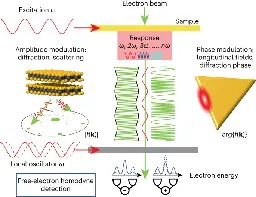
- Are Optical Computers the Future of Computing? - with Martijn Heck
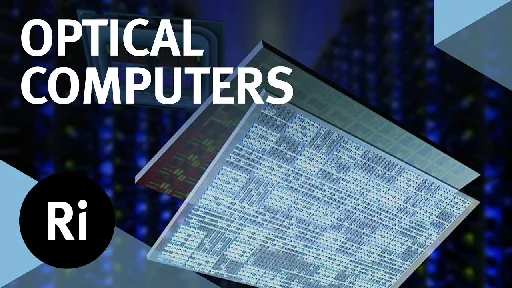
YouTube Video
Click to view this content.
- Integrating Photonic Technologies into Traditional Monolithic Silicon CMOS Chips
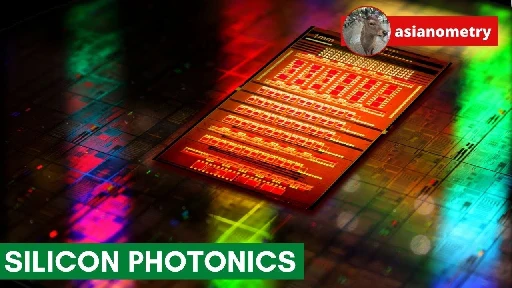
YouTube Video
Click to view this content.
>Silicon Photonics. What a cool-sounding word.
>If MEMS is the result of applying modern nanoscale CMOS processes to the mechanical world, then doing the same for the optical realm gives us Silicon photonics.
>In this video, I want to talk about another magic silicon technology. One that’s starting to make a splash in the contemporary technology world.
- Making Optical Logic Gates Using Interference
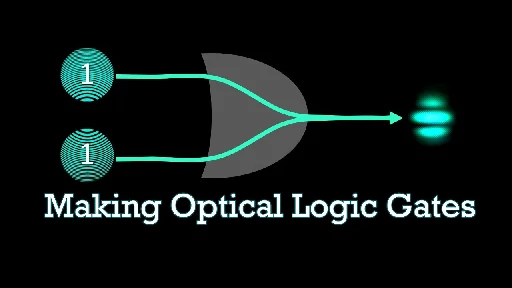
YouTube Video
Click to view this content.
Summary:
Dr. Vleggaar produces working logic gates based on the principle of optical interference from photolithographic chips made with chromium etching. He discusses the principles involved, gives excellent sources, discusses how this could theoretically be applied, scaled up, as well as some advantages and disadvantages.
- Optical Computation using Plasma as a Medium: Doctoral Thesis Defense
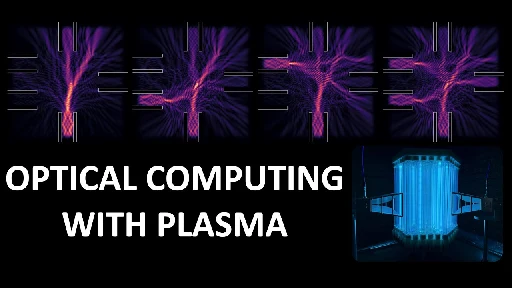
YouTube Video
Click to view this content.
Dr. Rodriguez successfully defends his Ph.D thesis on the title subject. Demonstrates the ability for plasma to be tuned to behave either transparently in low densities, or like an opaque metal in high densities. Describes a theoretically effective, novel, (extremely impractical) approach to "cloaking" using this same technology. Demonstrates proof-of-concept with creation of an AND and an OR gate. Discusses the requirement of "Inverse Computational Design," or computing the design based on the required output function and working backward, because of the impracticality of traditional design methods.
- Light-driven nanoscale vectorial currents - Naturewww.nature.com Light-driven nanoscale vectorial currents - Nature
Vectorial optoelectronic metasurfaces are described, showing that light pulses can be used to drive and direct local charge flows around symmetry-broken plasmonic nanostructures, leading to tunable responses in terahertz emission.
